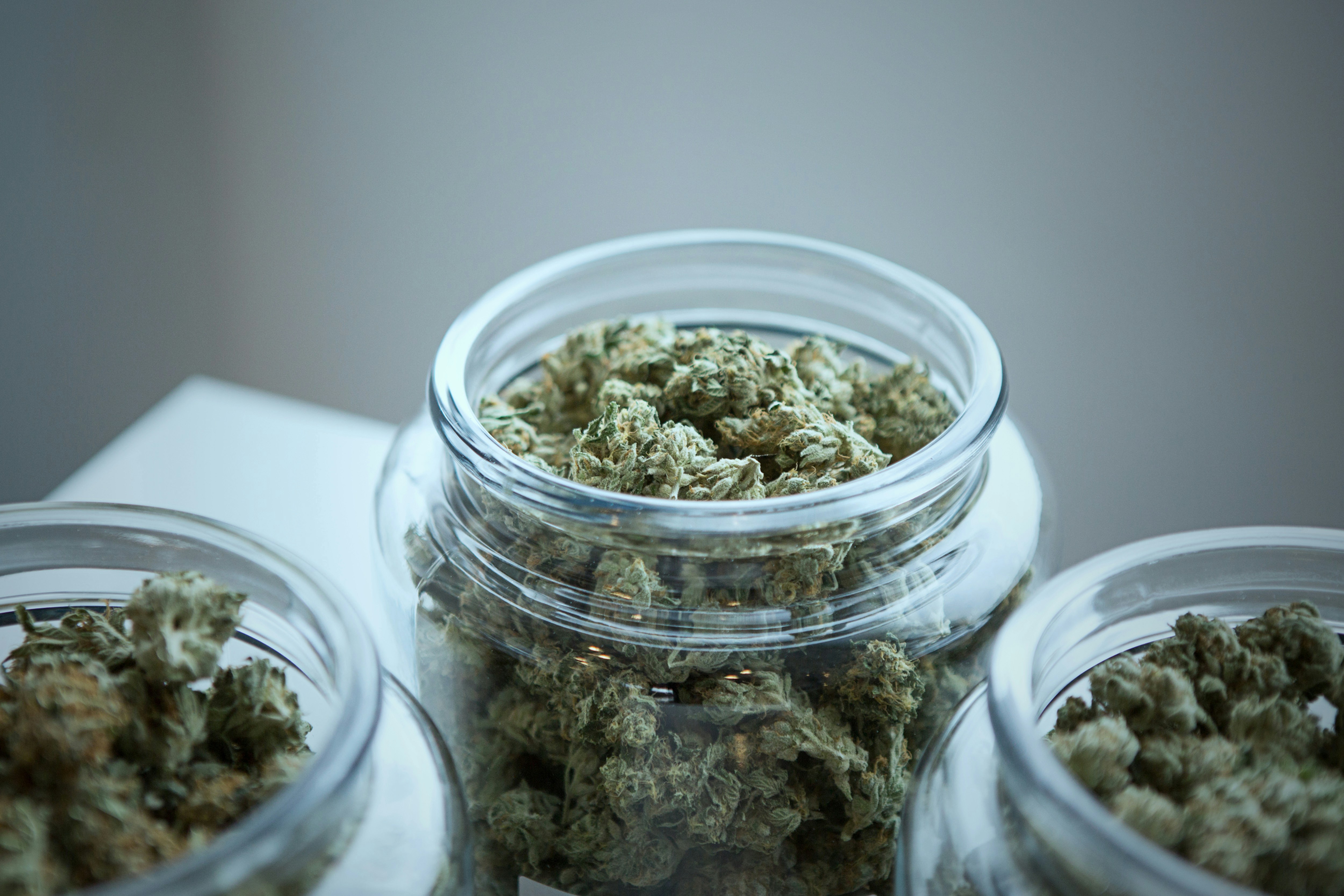Kratom, derived from the Mitragyna speciosa tree, is increasingly used for self-treatment of various ailments, including pain, anxiety, and opioid withdrawal, despite a lack of scientific evidence for its safety and effectiveness. Traditional uses in Southeast Asia differ significantly from modern motivations, which often involve self-medication for serious health issues. The FDA has not approved kratom due to significant dangers such as liver toxicity, seizures, addiction, and adverse interactions with prescription drugs.
Kratom, a substance derived from the Mitragyna speciosa tree native to Southeast Asia, has become increasingly popular, touted as a natural remedy for various ailments. But beneath the hype lies a complex reality. While some seek kratom for its perceived benefits, it’s crucial to understand the potential risks, including the possibility of kratom addiction. Read on to learn why people use kratom, exploring its traditional uses, modern motivations, and the very real dangers associated with its consumption.
What Are Traditional Uses of Kratom?
For centuries, kratom has been a part of traditional medicine in Southeast Asian countries such as Thailand, Indonesia, and Malaysia. Historically, people in these regions chewed fresh kratom leaves, smoked dried leaves, or brewed tea from them. These traditional uses included boosting energy, combating fatigue, and even managing opium withdrawal. In fact, as early as 1836, kratom was documented as an opium substitute in Malaysia. It was known by various local names, including thang, kakuam, thom, ketum, and biak.
Interestingly, Thailand, which had banned kratom in 1943, became the first Southeast Asian country to legalize it for medical purposes in 2018 and fully legalized kratom in 2021. This historical context provides a backdrop for understanding kratom’s current popularity, but it’s essential to recognize that traditional use occurred within vastly different regulatory and cultural frameworks.
Why Do People Use Kratom Today?
Today, people use kratom for a variety of reasons, often self-treating conditions that typically require medical intervention. A survey of kratom users revealed that 48 percent use it primarily for pain relief, 22 percent for anxiety, PTSD, or depression, 10 percent to increase energy or focus, and 10 percent to reduce opioid use or alleviate withdrawal symptoms. These statistics highlight that kratom is frequently used as a form of self-medication for serious health issues.
The connection between kratom use and opioid use disorder (OUD) is particularly concerning. Research indicates that individuals with prescription opioid use disorder are significantly more likely to use kratom, with 10.4 percent of those with the disorder reporting kratom consumption. This suggests that vulnerable populations are turning to kratom as an alternative treatment, despite the lack of clinical evidence supporting its safety or effectiveness. Furthermore, the use of cannabis, cocaine, and prescription stimulants also increases the likelihood of kratom use, raising additional safety concerns due to potential drug interactions.
Why Do People Seek Alternative Healing Methods?
The increasing interest in alternative medicine reflects broader trends in healthcare consumer behavior. People seek alternative healing methods for various reasons, including dissatisfaction with conventional treatments, concerns about pharmaceutical side effects, a desire for more natural approaches, and difficulties accessing appropriate medical care.
Kratom’s appeal as an alternative medicine stems from its marketing as a natural, plant-based product that can address multiple health concerns simultaneously. Its legal status in many areas may create a false sense of security. The opioid epidemic has also contributed, with individuals seeking alternatives to prescription pain medications. Kratom is sometimes promoted as a safer opioid substitute, attracting those who view it as a harm reduction strategy, despite the lack of scientific evidence to support this claim. Economic factors also play a role, as kratom is often more accessible and affordable than prescription drugs or formal treatment programs.
The Dangers of Kratom Usage
Despite its perceived benefits, kratom poses significant dangers. The FDA has issued warnings about kratom dangers, citing risks of liver toxicity, seizures, and substance use disorder. While deaths directly attributed to kratom are rare, most fatalities involve the concurrent use of other substances, making it difficult to isolate kratom’s specific contribution.
Kratom side effects include appetite loss, erectile dysfunction, nausea, and constipation. More severe kratom side effects can include respiratory depression, seizures, psychosis, elevated heart rate and blood pressure, sleep disturbances, and liver injury. The question, “Is kratom safe?” answers with a resounding no.
Liver toxicity is a particularly serious kratom risk. Chronic recreational use has been linked to rare but severe cases of acute liver injury, typically occurring within one to eight weeks of starting regular use. Symptoms include fatigue, nausea, itching, dark urine, and jaundice.
The development of kratom addiction is well-documented. Cases of kratom-related substance use disorder involve individuals using kratom for longer than intended, consuming more than intended, experiencing cravings, continuing use despite adverse consequences, developing tolerance, and experiencing kratom withdrawal symptoms when use is stopped.
Data suggests that kratom may be more dangerous than people realize. In Florida, over 580 people died from kratom-related overdoses over a decade, with 46 overdosing solely on kratom. Physical signs of kratom overdose can mimic opioid toxicity, including unresponsiveness, respiratory depression, constricted pupils, and cyanosis.
Kratom withdrawal symptoms and duration can vary, but often include
- Jerky movements of the limbs
- Disturbed sleep
- Loss of appetite
- Nausea and vomiting
- Abdominal pain
- Cravings
- Watery eyes
- Runny nose
- Hot flashes
- Sweating
- Diarrhea
- Tremors
- Restlessness
- Anger
- Nervousness
- Depressed mood
- Tension
- Sadness
These symptoms typically appear within 12 to 48 hours of stopping kratom use and can last for several days. Warning signs of kratom dependence and abuse are similar to those seen with other substances, including tolerance, continued use despite negative consequences, and unsuccessful attempts to stop.
Severe psychological side effects of kratom are also a concern. Case reports document kratom-induced psychiatric complications like
- Psychosis
- Paranoid delusions
- Behavioral changes
This can happen even in individuals without prior mental health issues. There is evidence suggesting that long-term kratom use can cause psychosis.
Adverse interactions of kratom with prescription drugs present significant risks. Kratom can inhibit certain enzymes, potentially increasing the systemic exposure to other medications and leading to adverse effects. Unsafe kratom combinations are particularly problematic because many users may not disclose kratom use to healthcare providers.
Kratom can cause liver damage or failure. Chronic recreational use has been associated with acute liver injury, with symptoms appearing within weeks of starting regular use.
The FDA has not approved kratom due to safety concerns and a lack of evidence supporting its therapeutic claims. The agency has issued warning letters to companies selling illegal kratom products and has taken enforcement actions.
Kratom and neonatal abstinence syndrome risk is an emerging concern, with case reports documenting withdrawal symptoms in newborns exposed to kratom in utero.
Treatment for Kratom Addiction
Knowing how to safely stop using kratom is crucial for those who have developed a dependence. Treatment for kratom addiction often mirrors approaches used for opioid use disorder.
Treatment protocols typically include medical detoxification, behavioral therapies, and ongoing support services. Medically supervised detoxification helps manage kratom withdrawal symptoms. Some treatment centers use medications like buprenorphine or naltrexone. Behavioral therapy approaches, such as cognitive behavioral therapy (CBT), can also be effective.
Medical professionals treating kratom addiction need to be aware of potential complications, including protracted withdrawal symptoms and psychiatric issues.
While kratom may seem like a natural solution for various ailments, it’s essential to be aware of the potential risks, including kratom addiction. The lack of FDA approval, documented adverse effects, and potential for serious complications warrant caution.
If you or someone you know is struggling with kratom use, Mountainside can help. We offer individualized, comprehensive treatment plans for all stages of your recovery. Talk to an admissions specialist today to discover your options.
If you or a loved one is struggling with addiction, Mountainside can help.
Click here or call (888) 833-4676 to speak with one of our addiction treatment experts.

 By
By 







